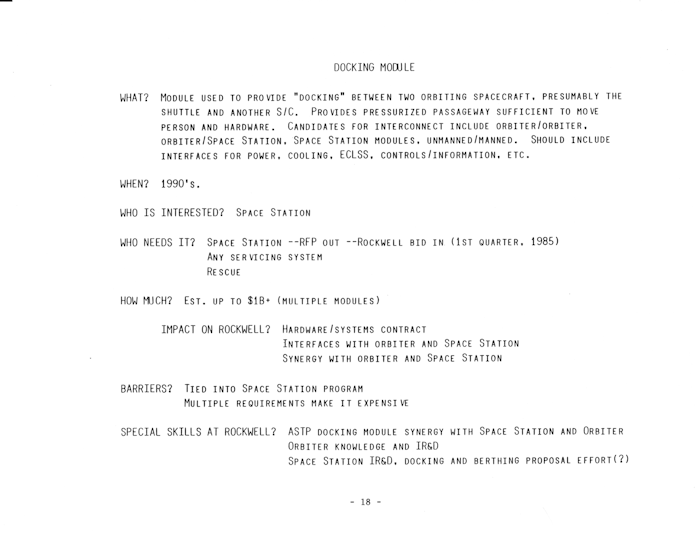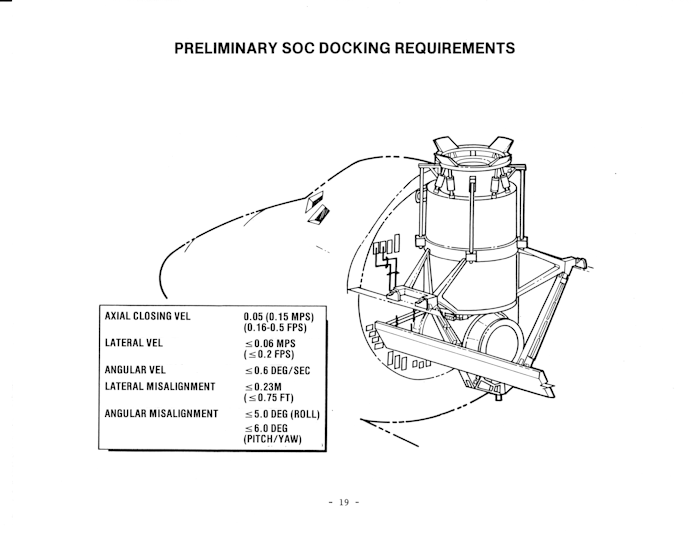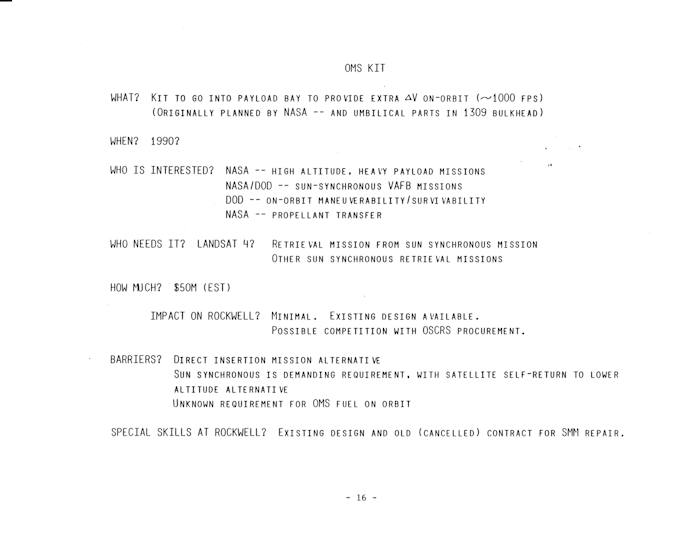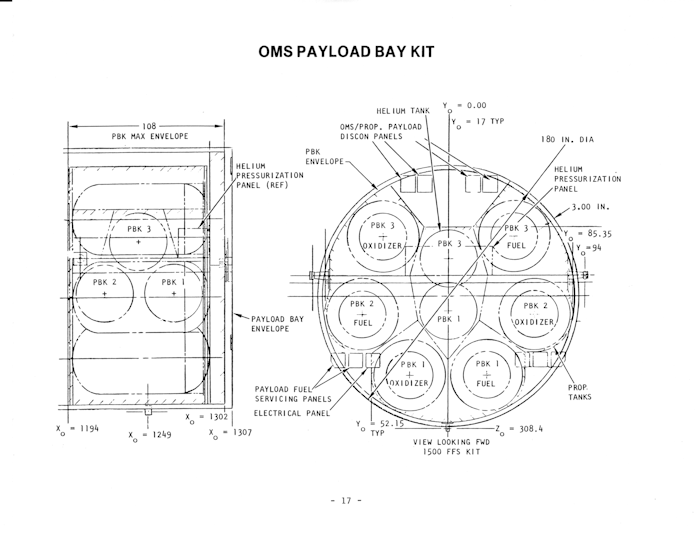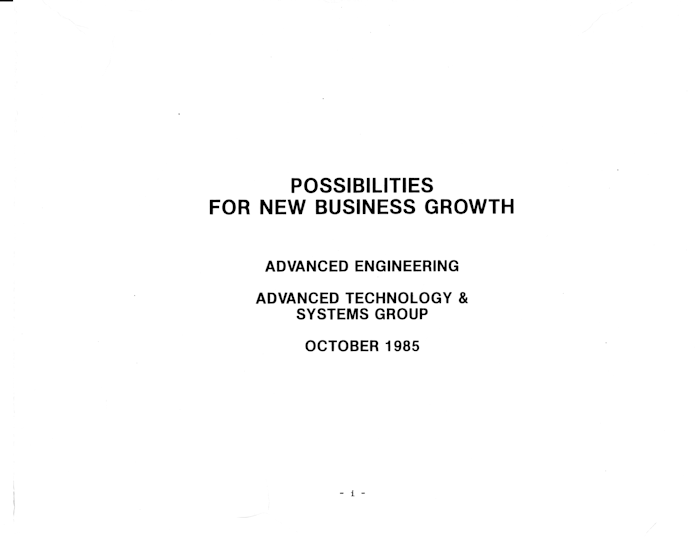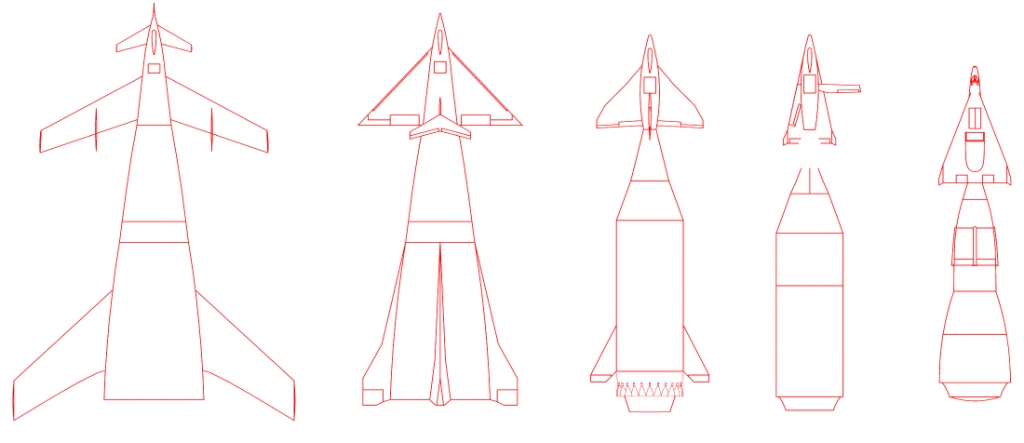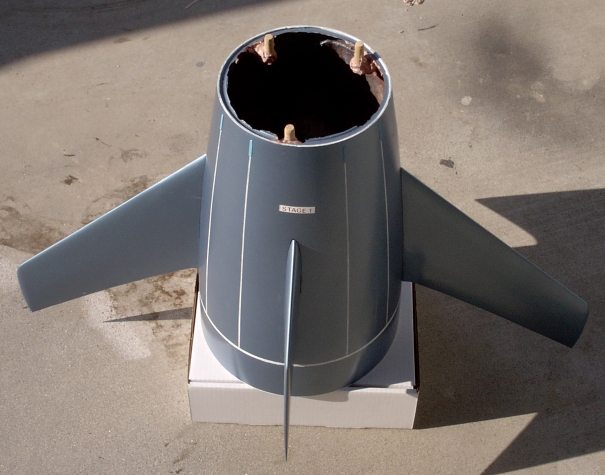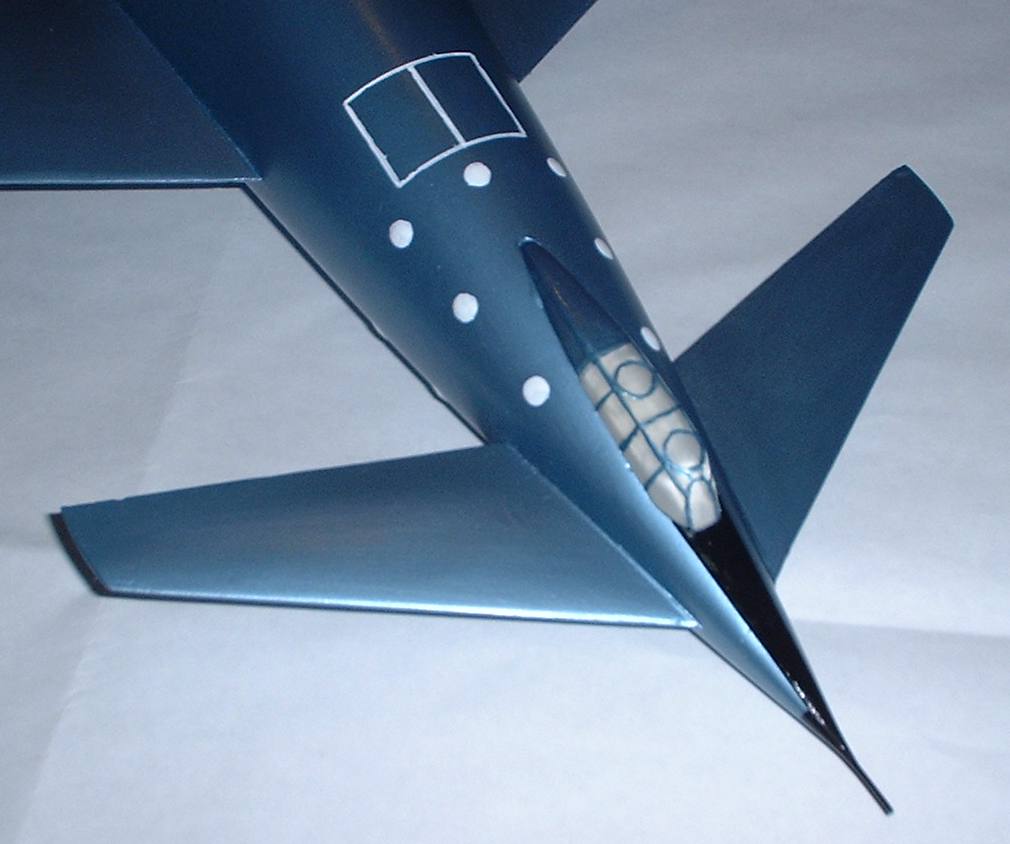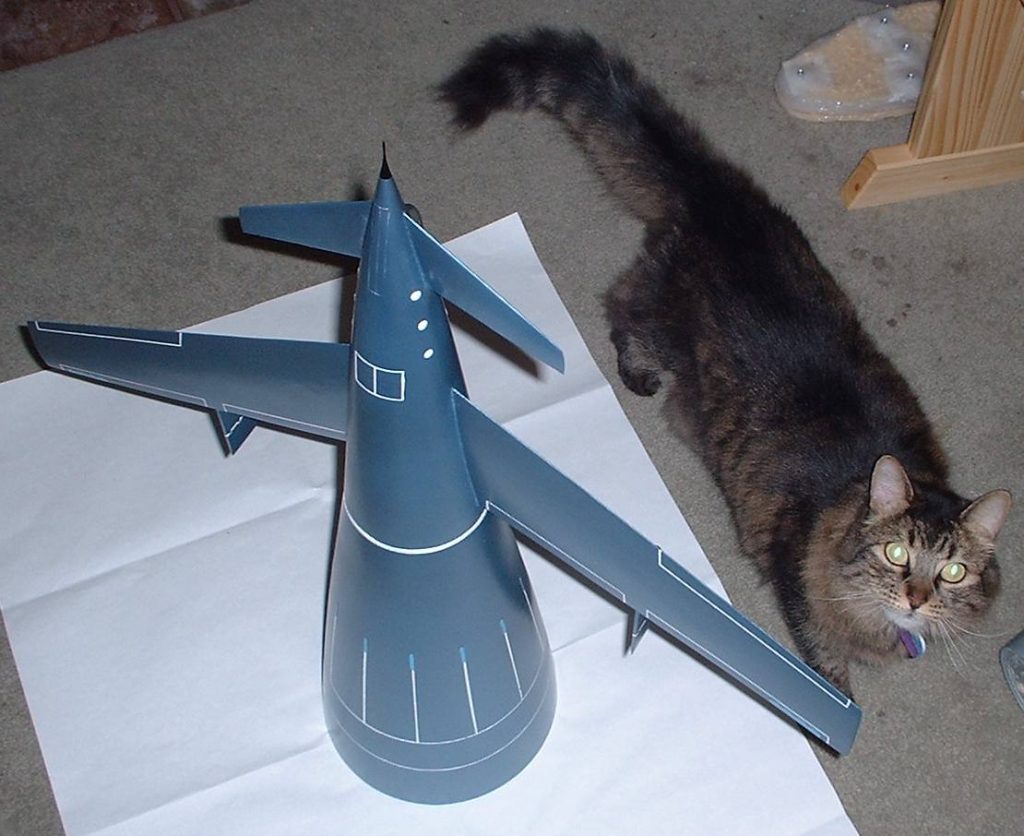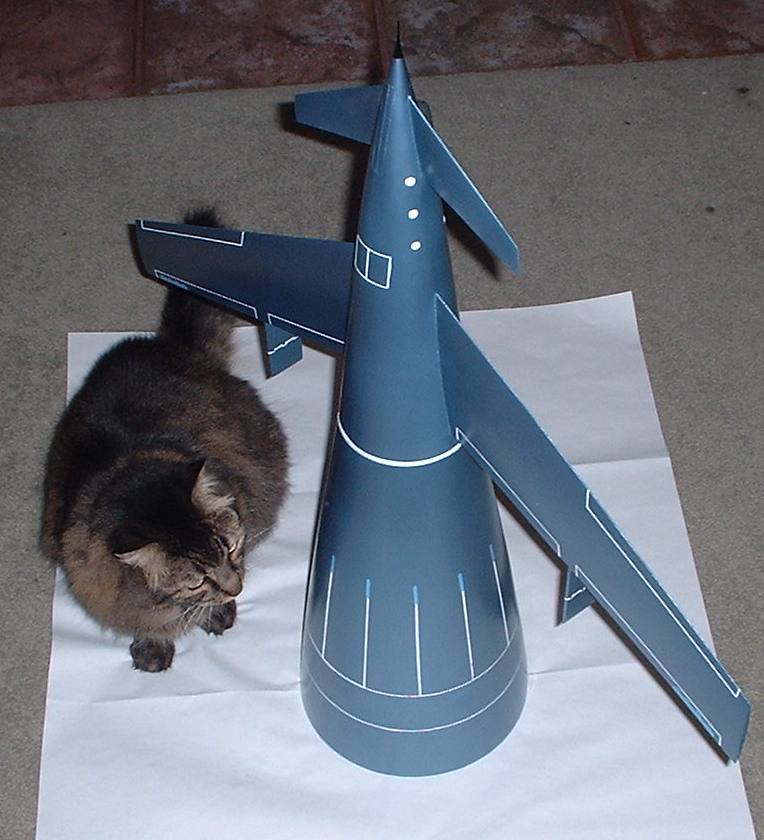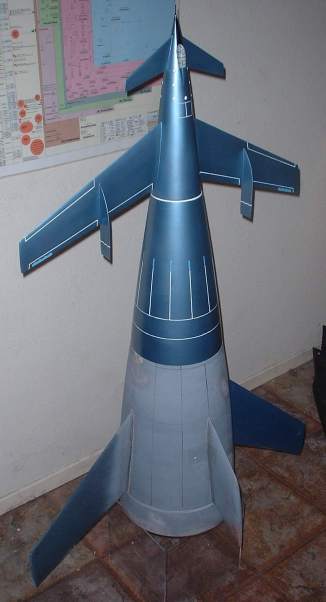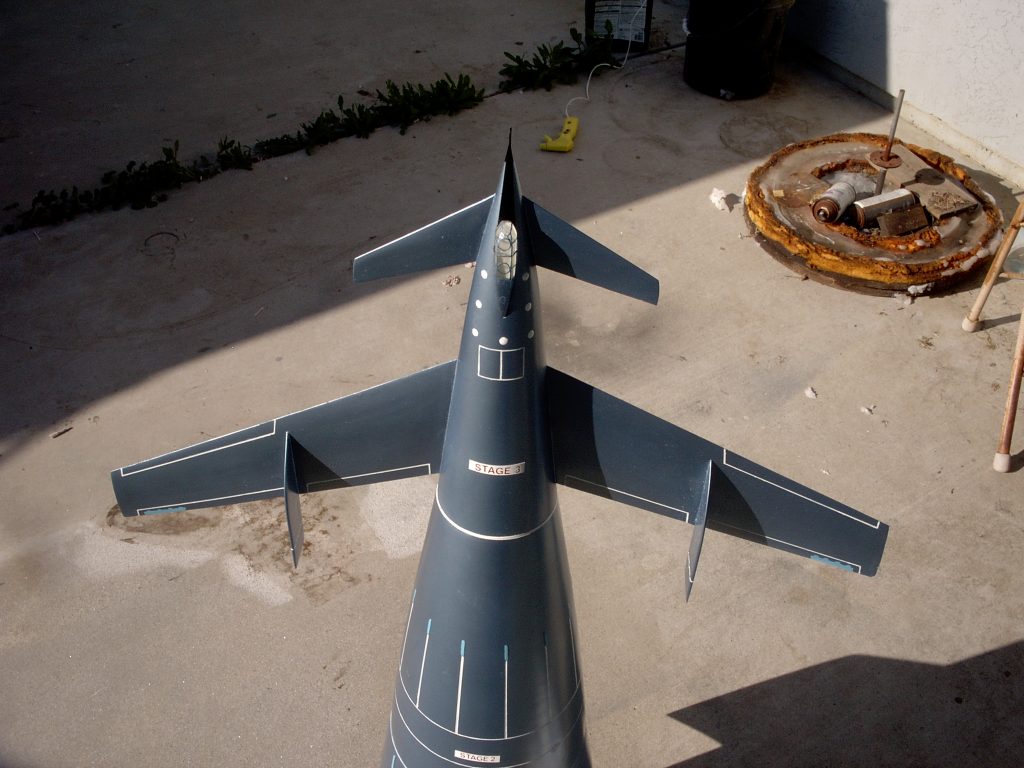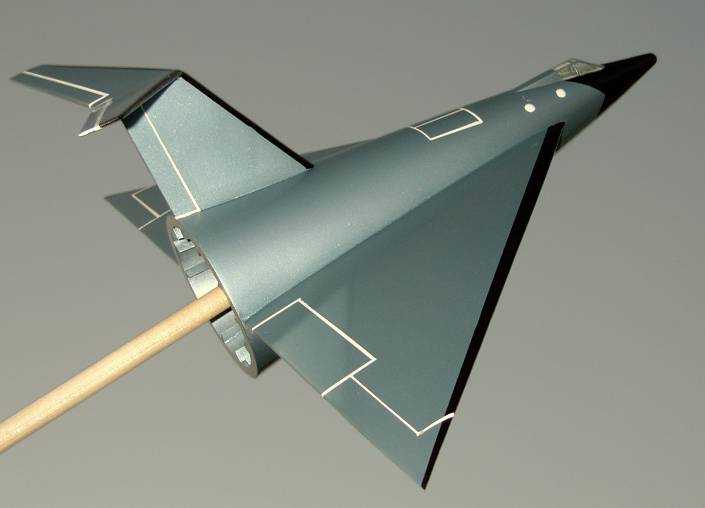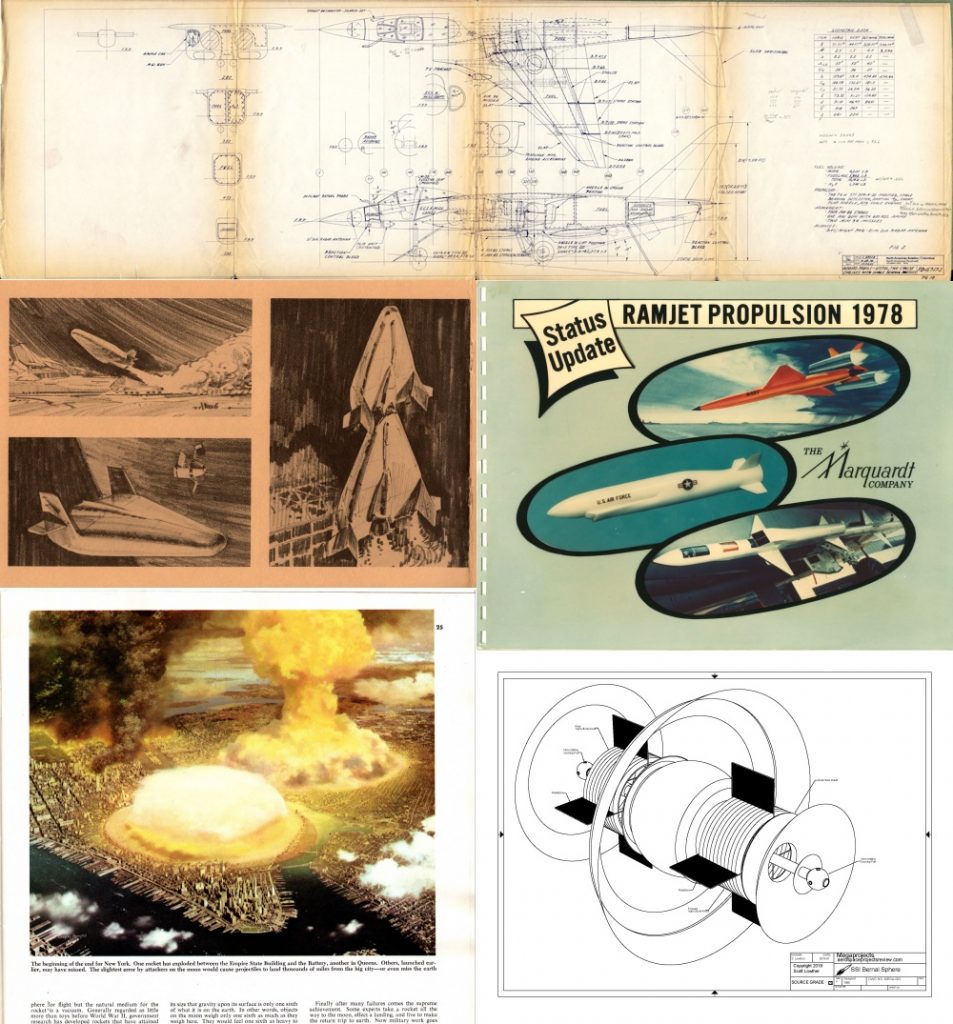A few years ago, I started a new category of post: the “After The End” series, based on the notion of “what would be the logical or likely developments to follow after the credits roll on such-and-such a movie.” I did “San Andreas” and “The Day the Earth Stood Still,” and then… well, you know how it is. So here we are four years later and what the hell.
The first of those was a disaster movie. While terribly unlikely in its scope, it is at least *kinda* realistic… sorta. The second was a science fiction film…. and not a terribly good one. So how to follow that up? How about 1980’s campy “Flash Gordon,” which some might call sci-fi but which is very clearly fantasy. The “science” aspect of it is truly, phenomenally laughable. You’ve got “bird men” who are capable of powered flight using wings that are not only terribly small, but quite inflexible and barely flap. You’ve got planets separated by seemingly short distances… with space filled with breathable atmosphere. You’ve got a main villain with truly Q-like powers… who is seemingly killed by getting stabbed. It is wholly ridiculous. But then… it’s *meant* to be ridiculous. Trying to make it make sense logically is an exercise in uselessness.
But then… what is nerd-dom without exercises in uselessness? So, what the hell. Let’s try to make Flash Gordon make some kind of logical sense, and figure out what might happen next.
First off there’s the whole problem that all of the “Mongo System” is utterly impossible by known physics. Planets that get blasted to bits don’t maintain proper gravity on their remaining surfaces. Bubbles of breathable air hundreds of thousands or perhaps millions of miles in diameter either collapse under gravity to form a gas giant, or puff out into a thin vacuum-like haze, depending upon the total mass. And such systems don’t wander about the universe like a hippie in a VW micro-bus looking for adventure.
One could posit levels of technology and power so advanced as to make such things possible. Clarke famously suggested that any sufficiently advanced technology would be indistinguishable from magic, so perhaps that’s what’s going on here. But it’s clear that the technological level that permits Mongo to exists is far in advance of the technology in use by the citizens and military of Mongo. So… perhaps Ming is essentially the Squire of Gothos, a nearly – but not quite – godlike entity with access to hyper-advanced technologies that push him to “virtually godlike” in power. And being a dick, he uses that power to play a minor deity for a group of beings that he keeps at a much lower tech level. Beings that in many ways would seem to rely upon that techno-magic for their very existence. The “bird men” for instance violate not only evolutionary principles, but *physics.* You could genetically engineer a human with wings, but *those* craptastic clunkers could barely stir up enough of a breeze to stir the dust, never mind lift a man of substantial mass like Prince Vultan off the ground. And there are other beings that seem to violate standard evolution, such as the “lizard men,” who seem to have been created on a whim by a minor deity of limited creativity but some substantial cruelty.
At the end of the movie, Ming gets run through by a metal spike. He seemingly suffers, but instead of flopping over dead he vanishes in a puff of bad special effects, drawn into the oversized gaudy ring he wore which then falls to the floor. The numerous witnesses to this event rather oddly then pay the ring no further attention and go on about their business, leaving the ring in the dust… to be picked up at the last by a hand apparently attached to someone with the same laugh as Ming. This, of course, indicates that Ming isn’t dead and will return in the sequel which never happened. Whether this was meant to be Ming physically reconstituted, or his “spirit” possessing some random schmoe, or a clone of his popped out of the tank for just this eventuality, is not only not made clear, it’s not speculated on. But it does fit in with the “Squire of Gothos” idea: the ring itself is either the source of the techno-magic, or is a conduit to it.
So on one hand, it might have been a good idea for someone to stomp the ring into bits. This would presumably keep Ming from returning. But then… if the ring is the actual mechanism running the “magic,” stomping it might cause it to explode rather spectacularly. And of course the giant bubble of breathable air will go “poof,” all the worlds of the Mongo system which had been happily floating motionlessly a few hundred or a few thousand miles apart from each other will come crashing down, the bird-men will find that their wings don’t work, the rocket ships will fall out of the sky or explode, the atomic generators underground will melt down and turn the planet into a small nova.
So destroying the ring might not be a good idea, but it seems like maybe it would have been smart to pick it up and lock it into a safe deposit box or something.
All this leads me to the thing that interests me most in the “what happens next” part. What the frak happened to Earth? Early in the movie it’s made clear that the Moon has been moved out of its orbit. Earthquakes and storms result, and then the action moves off Earth, never to return. But in standard Hollywood fashion, the Evil Villain is planning on destroying Earth by dropping the Moon onto it and is of course stopped at the “1 second on the countdown clock” mark. The hell does that even *mean?* Clearly the moon is already in motion, being shoved ahead of its normal trajectory early on. So if the moon is being moved onto a trajectory which will cause actual impact, stopping the process *1* second from completion doesn’t really buy anyone anything… ok, maybe the moon misses Earth by a hundred miles. Whoopee… this means that the Moon will not only be torn apart by gravitational stresses, the *Earth* will be massively distorted. Never mind the massive chunks of the Moon that will come raining down… the surface of the Earth will be a massive planet-wide pool of liquid-hot magma. It would be cool to look at: an incandescent world with a chunky ring system. But there’s no saving the Earth here.
So maybe it means something else. Rather than the moon being nudged closer and closer to Earth, it is simply moving about its normal orbit at a faster and logically incomprehensible rate. And that the plan was when the countdown reached zero, *then* it would, say, *stop* in its orbit and then plummet 240,000 miles for a direct impact with Earth. So by stopping one second early, the moon is still in a (more or less) circular orbit far above. This would leave Earth intact… sorta. The moon puttering around its orbit would, as was suggested in the movie by Ming himself, mess with the tides and likely would cause an uptick in earthquakes. I don’t know if they’d be the sort of worldwide upheaval quakes with would topple all the cites and sink all the coasts, but it would doubtless be noticeable.
How would humanity deal with this? Well, being the rational beings we are, we’d promptly lose our fricken’ minds. The Moon going goofy, along with all the other mysteries Ming tossed at us, would doubtless cause religious whackoism on an unprecedented scale. Existing religions would go bugnuts… “some people would do some things.” And all-new religions would pop up. There’s no evidence that any knowledge of Ming himself has trickled to Earth, so a Ming-based religion is unlikely. But… Dr. Hans Zarkov has seen this coming. Additionally, he has built a rocketship – presumably based on technology available in 1980, likely sourced from SPECTRE and Drax Industries – that is able to reach the outer limits of the Mongo system in seemingly a matter of a few minutes. But if we assume that it is *really* advanced, and accelerates *really* hard for a long time (indicated by that goofy peddle), then perhaps Our Heros were knocked unconscious for a period of a few hours while the ship accelerated at five or six gees, going well past the Moon.
It seems likely that the Mongo System, no longer being steered by Ming, is now in orbit around the Sun, somewhere, say, between the orbits of Earth and Mars. I assume that the various worlds of Mongo are relatively tiny, Moon-sized or smaller, but there’d be no friggen’ hiding them *now.*
So… what happens now?
1: The people of Earth go bugnuts. Mongo would be visible as a diffuse hazy circle perhaps approaching the visible diameter of the moon, with a number of bright little worldlets within.
2: Some cities fall, economies collapse, likely some wars pop up. But the Soviets and Americans can clearly see Mongo out there, say, 20 million miles away. They can’t see it with orbital telescopes, because nothing is left in a stable orbit after the Moon went nuts.
3: With luck Cape Canaveral is still more or less intact. Within a few years NASA will be able to launch the Shuttle. Doubtless the Soviets will be able to fly Soyuz and Proton launchers sooner. But manned missions are still a while away, unless NASA builds another one of Zarkov’s ships.
4: Earth should be clearly visible from Mongo. On one hand you’d think that they’d be able to send a ship to Earth… but those rocketships are *not* good spacecraft by any measure. It may well be that none of them are capable of traversing the vacuum of space. But Zarkov *should* be able to rig up radio communications systems.
5: Sooner or later, Zarkov will establish comms with Earth, and will explain what happened. The people of earth, being rational beings, will promptly lose their damned minds *again.*
6: There will be a space race to send missions to Mongo. Some will doubtless want to conquer the joint, but even Moonraker shuttles filled with Space Marines are not going to be adequate to the task. So efforts will most likely be devoted to diplomatic and trade expeditions, with a whole lot of “let’s take a look at their tech.”
7: Zarkov will greet the delegations from Earth and will have to break the news that Mongo tech is indecipherable gibberish. Chances are *real* good that not a bit of it will work at all once removed from the air bubble, the presumed limit to the techno-magic field. A few bits and pieces will doubtless function… but if the spaceships from Earth take back some citizens of Mongo, such as the bird men, very, very bad things might happen to them on the way.
8: The lack of true usefulness of Mongo-tech will stifle a lot of interest in the place. Of course scientists, from physicists to anthropologists and geneticists and historians, will want to crawl all over the place. As spaceflight tech advances in response, doubtless religious missionaries will go there to convert the people of Mongo, likely to be met with a bit of opposition. The National Geographic will send armies of photographers, as will Playboy. But it is unlikely that the Soviet Union and the United States will go to war to gain control over the resources of Mongo, since they’re useless *away* from Mongo. The biggest mystery will of course be the techno-magic, but it will likely be centuries at least before human science advances enough to even begin to hope to understand it, much less utilize it.
9: Assuming terrestrial humanity and the people of Mongo can get along, doubtless there would be efforts by Terrans to colonize the worlds of Mongo. Some people would want to live like the natives; some would want to take some disused part of some world and turn it into New Vegas. If the Mongo-ites (Mongo-ians?) aren’t careful, they’ll soon have late-90’s Donald Trump building towers all over the place. Fortunately the decor of gold *everywhere* should fit in well. It seems unlikely that too many Mongo-icans will want to move to Earth. Of course, slavery seems to have been popular there, so perhaps there’d be a built-in desire to get the hell out and go somewhere where they could be free to work minimum wage jobs at the Circle K, or poke seeds into the dirt. Medical tourism seems likely to be popular: go to Mongo, they can probably cure your cancer no sweat. Whether it will come back the moment your shuttle leaves the techno-magic bubble… shrug.
Not, perhaps, the deepest of deep thoughts.
